Description
Description
Fabric Composition: 35% Linen, 65% Viscose
Fabric Weight: 250gm
Fabric width: 137cm (53″)
Certificates: The Oeko-Tex Standard 100 certificate
Washing Instructions:
Machine Wash 40, Normal cycle with like colours, Do not bleach. Do not tumble dry, Warm Iron.
We have this fabric sampled in
All quantities will be cut as a continuous length – i.e ordering a half metre and a quarter metre will mean you receive a continuous 75cm piece.
Additional information
Additional information
| Fabric Type | Linen & Linen Look, Ramie |
|---|---|
| Fibre | Cotton, Cotton Blend, Natural Fibres, Ramie |
| Fabric Weight | Medium |
| Construction | Woven |
Reviews (0)
You must be logged in to post a review.
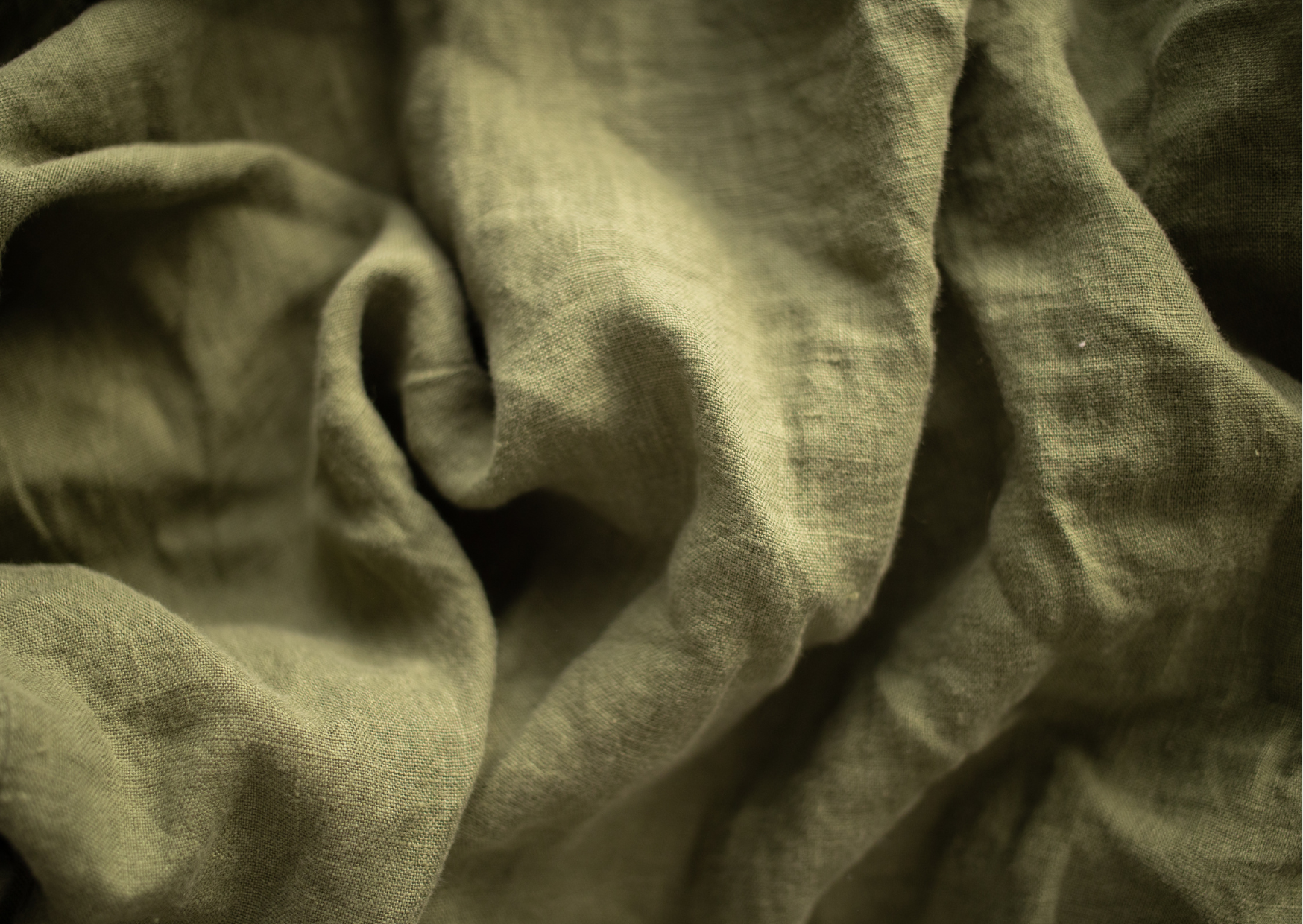
All About Linen
Linen is made from the durable fibres of flax plants. Flax naturally resists bacteria and is hardwearing, one of the strongest fibres. The Ancient Egyptians and Mesopotamians were the first to develop linen. It was initially reserved for the wealthy because of the labour-intensive process of growing the crop and the skill required to weave it. It was often left at its natural oatmeal colour or bleached white.
Today, the flax plant is primarily grown in northern France and Belgium, and every part of the plant, from the seeds to the oils, is utilised in production. Due to its biodegradable qualities, linen is favoured by many for its low environmental impact. We love linen for its crumpled, worn-in feel, lightweight, and coolness during summer.
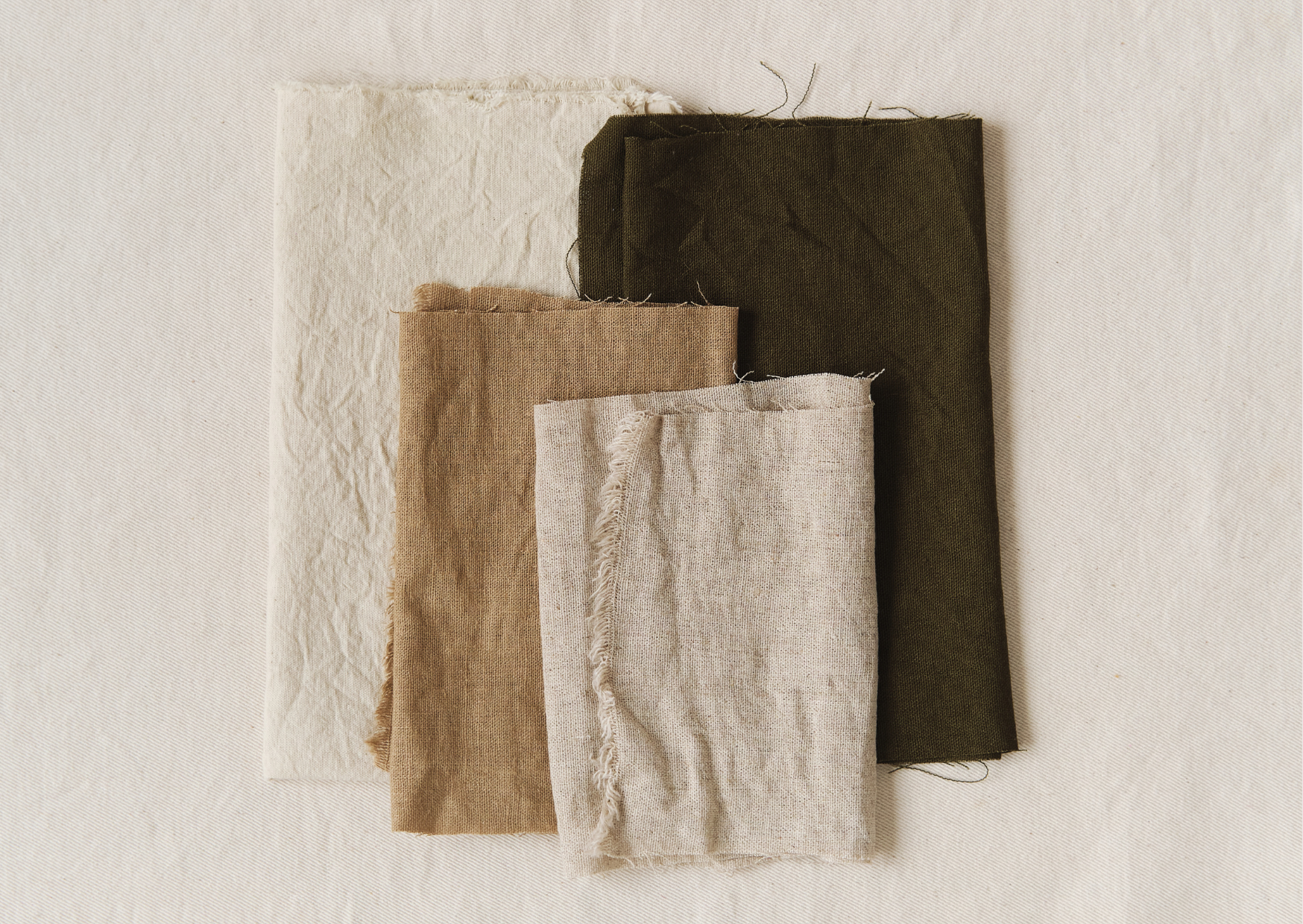
How to Wash & Store
- Linen is a strong fabric that becomes softer with wear and washing. Most linens can be washed in the machine, but finer linens may require hand washing.
- Always wash your linen inside out to prevent the surface fibres from breaking. Wash at 30 degrees or on a cool setting.
- Linen is a very absorbent fabric, so to wash it effectively, try not to overload the machine. This will allow your garments to soak up the water properly.
- Avoid tumble-drying your linen. We suggest line-drying it on a hanger as soon as possible after washing. Reshape and iron your garment inside out and while damp—both of which will reduce creasing.
- Be careful when pressing around creases and seams with the iron, as this can weaken the fabric. Also, avoid extremely high temperatures, as this can scorch linen fibres.
- Preparing Washed Linen for Stitching
- Use the Right Tools and Notions
- Tips for Handling Linen
Since washed linen is pre-washed, we don’t believe it requires pre-washing (controversial), but this step is ultimately up to you. You will want to iron your linen fabric to remove wrinkles and ensure accurate cutting.
Needle
Use a universal or sharp needle, size 70/10 or 80/12, depending on the weight of the fabric.
Thread
A good-quality polyester or cotton thread will work well—choose one slightly finer than your fabric’s weave for a cleaner finish. Polyester thread is stronger, while cotton thread gives a more natural finish.
Interfacing
Stabilise seams with a stay stitch or lightweight interfacing if needed.
Stabilise the Fabric:
Linen can shift while cutting. For precision, use pins and good shears, or a rotary cutter and mat. You can also use a light starch spray to add body to the fabric.
Press Well:
Linen responds beautifully to pressing. Press your seams open with a hot iron and plenty of steam. Use a pressing cloth to avoid shine marks.
Seam Finishes:
Linen’s tendency to fray means seam finishes are essential. To keep your seams neat and durable, consider using French seams, flat-felled seams, or overlocking.
Allow for Ease:
Linen doesn’t have much stretch, so ensure your pattern allows for enough ease, especially in the bust, hips, and shoulders.
Consider Drape:
Washed linen has a lovely drape. Select patterns that complement this fabric, such as loose-fitting garments, summer dresses, or relaxed trousers
Sarah's Pattern Picks
Join the Luna Lapin & Friends community
Join us and we’ll send you regular updates from Luna’s world, with information about new products, making guides, and CoolCrafting news.

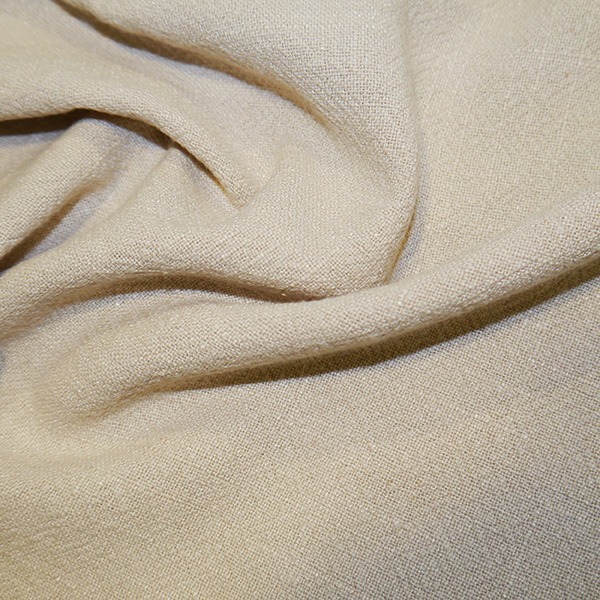
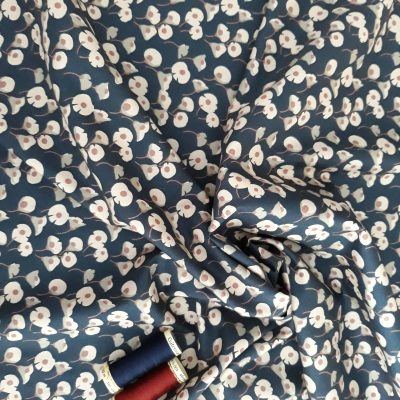
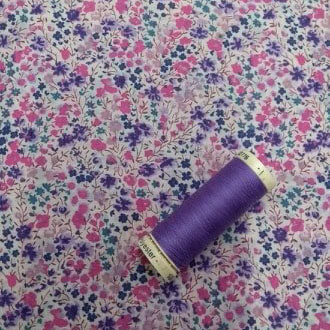
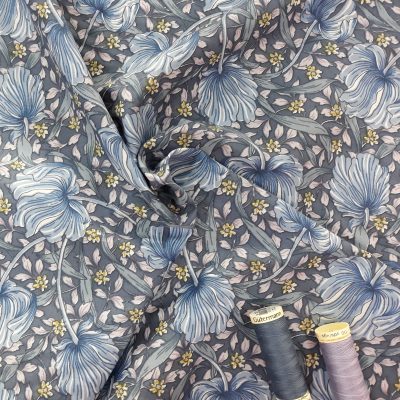
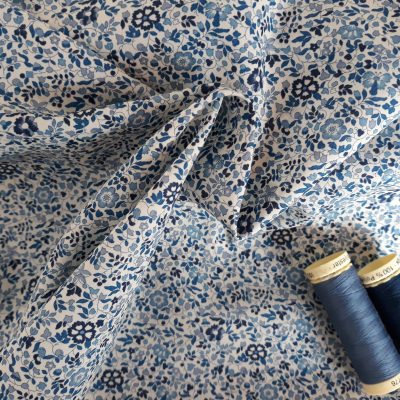
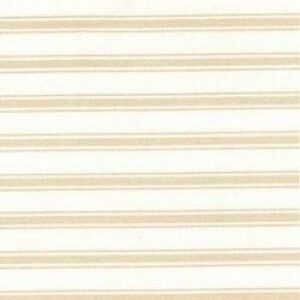
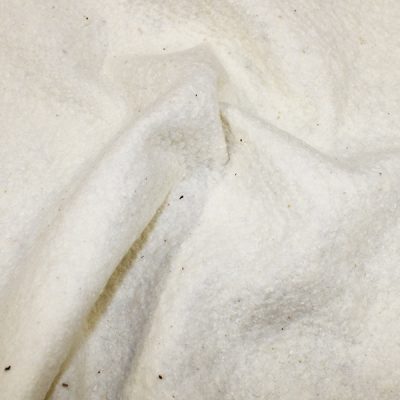
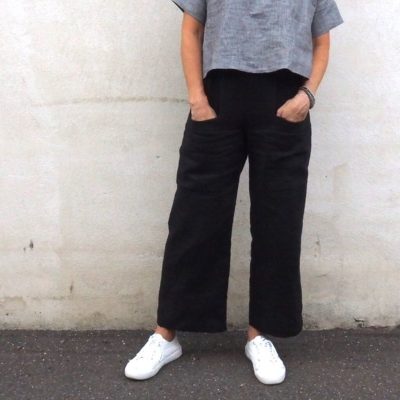
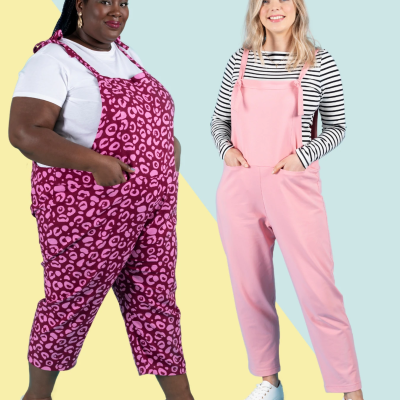

Reviews
There are no reviews yet.